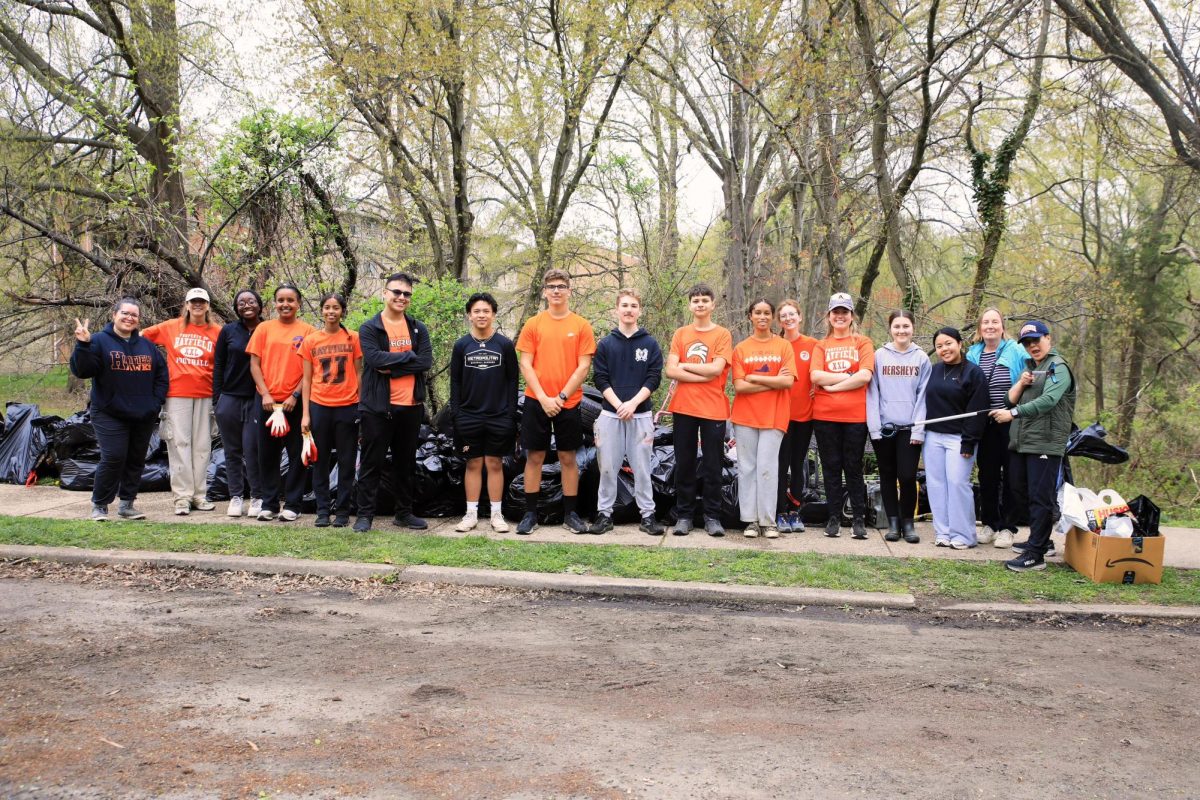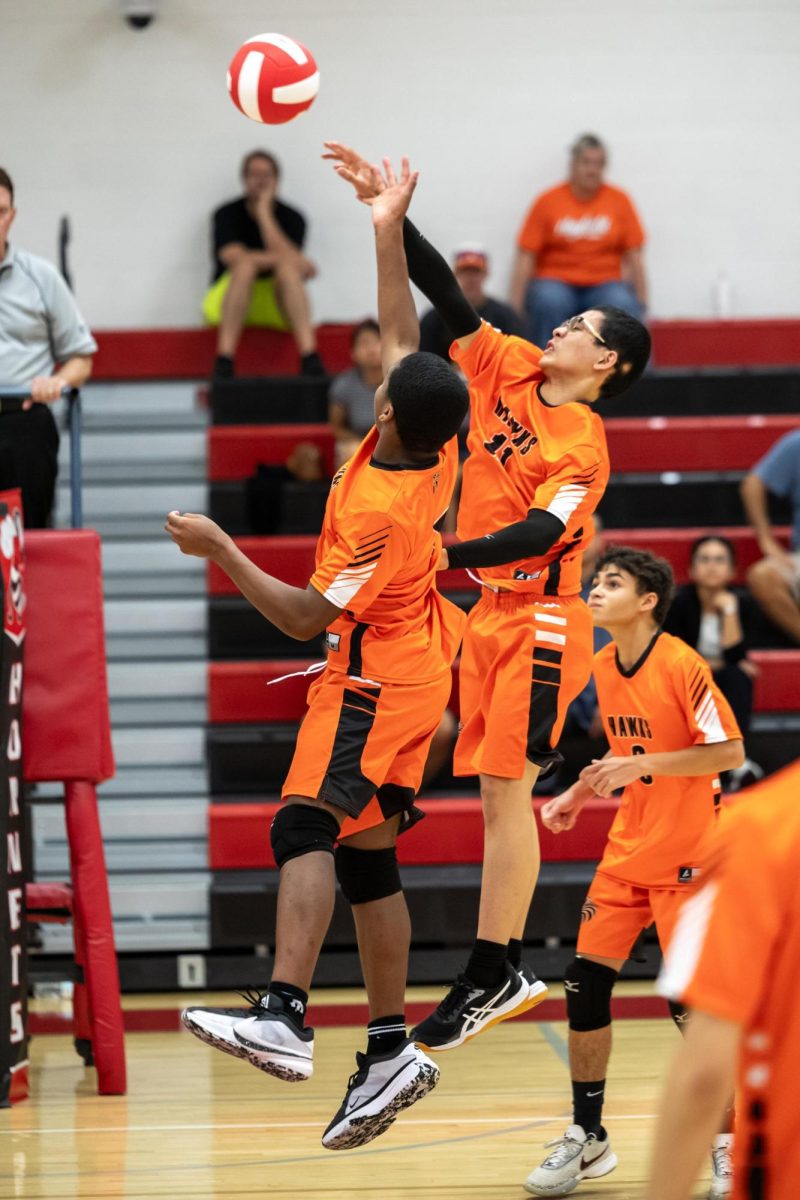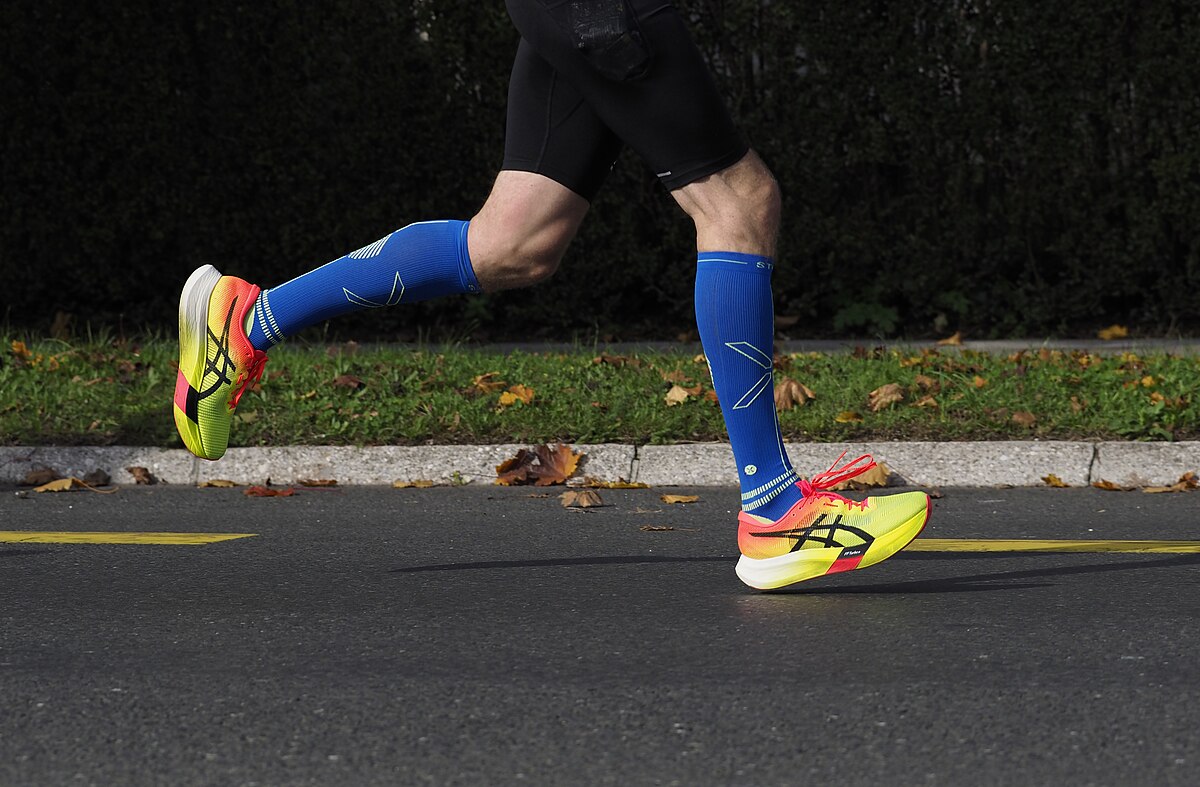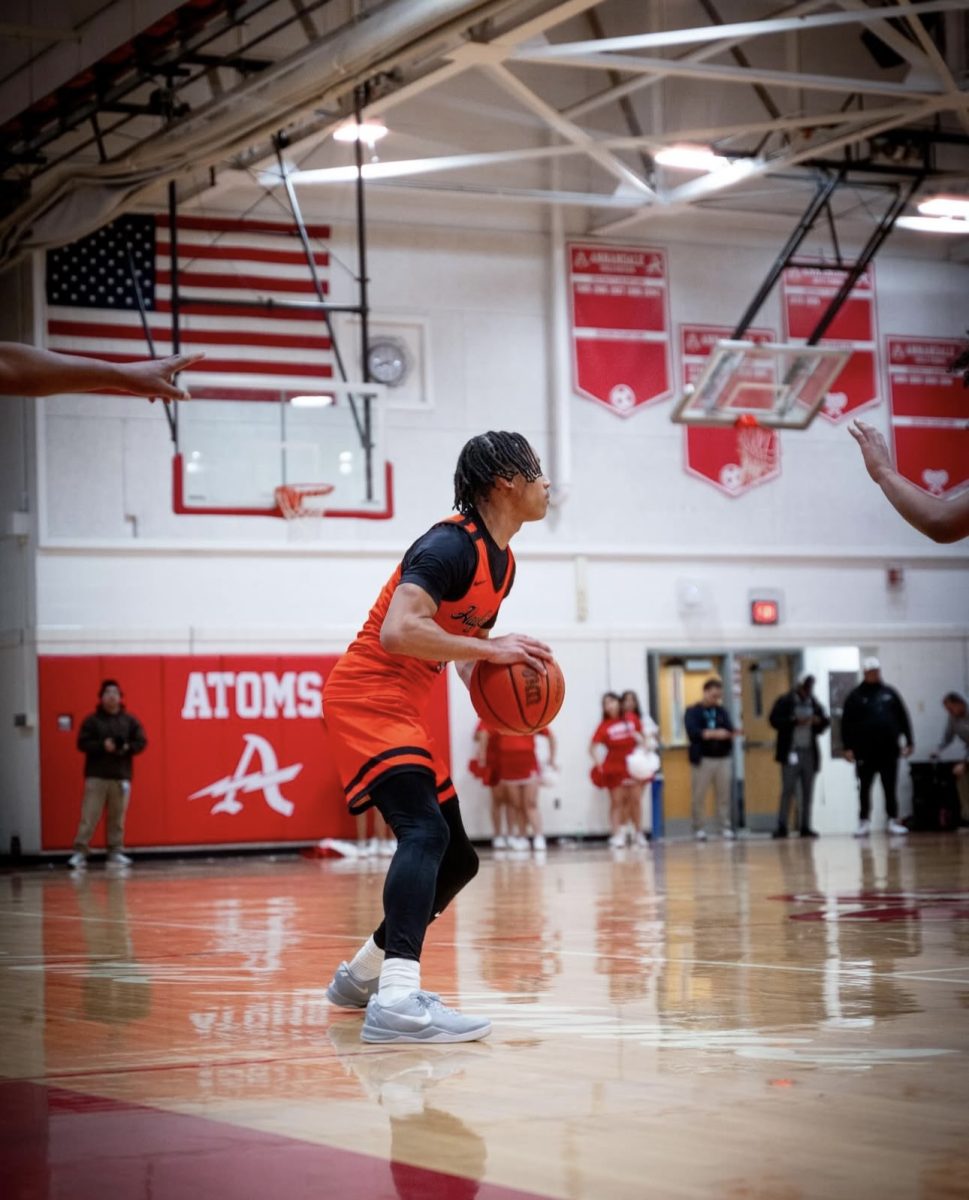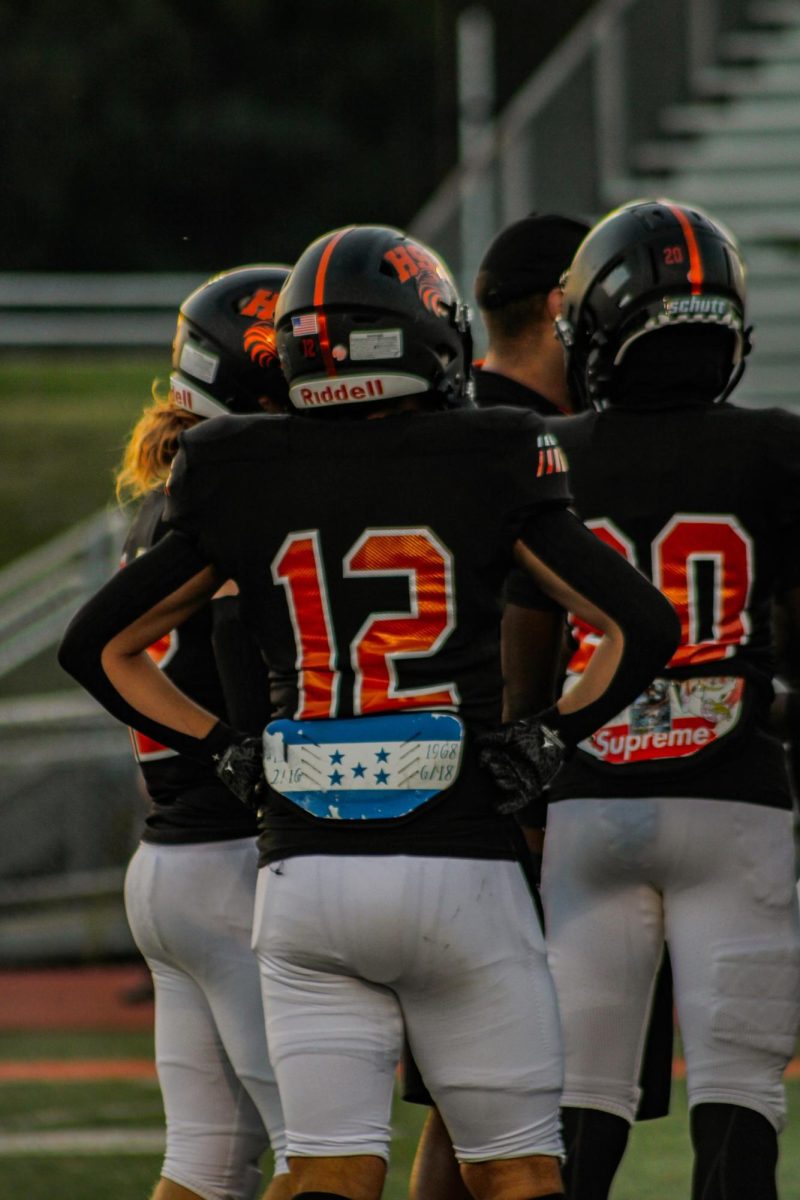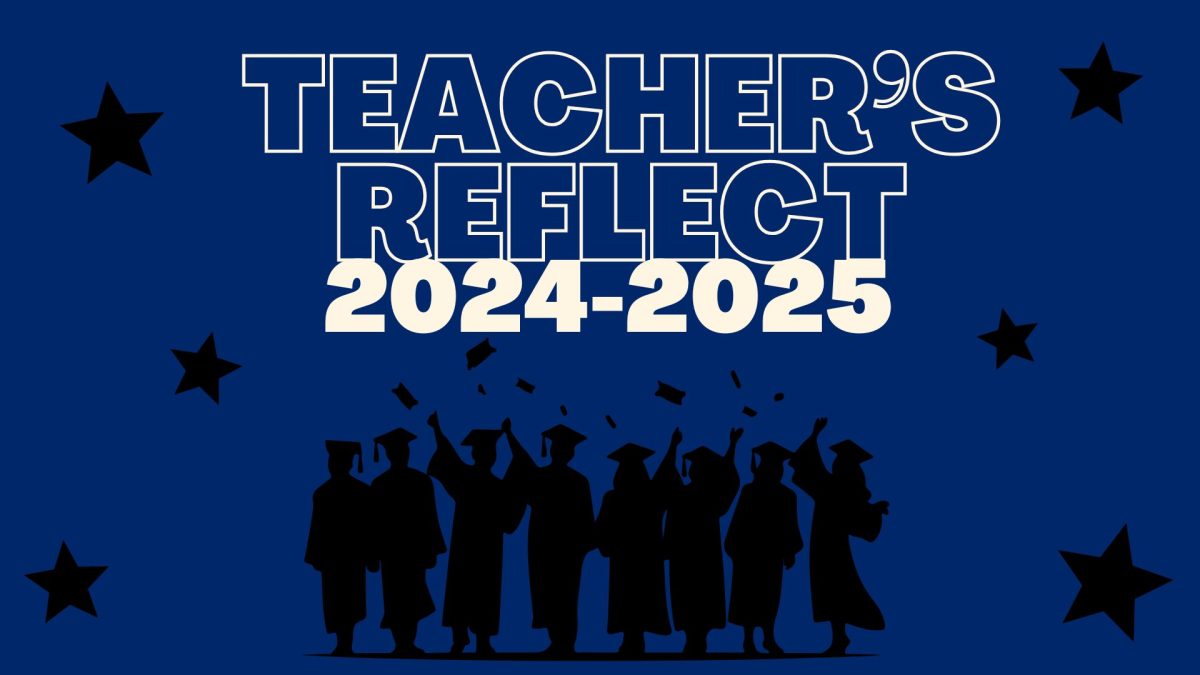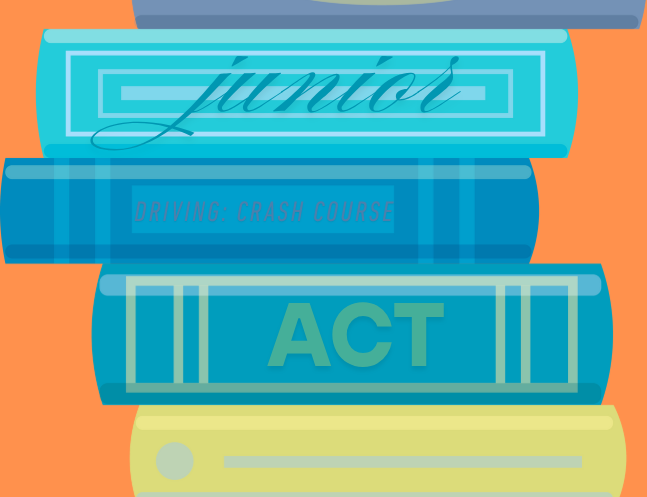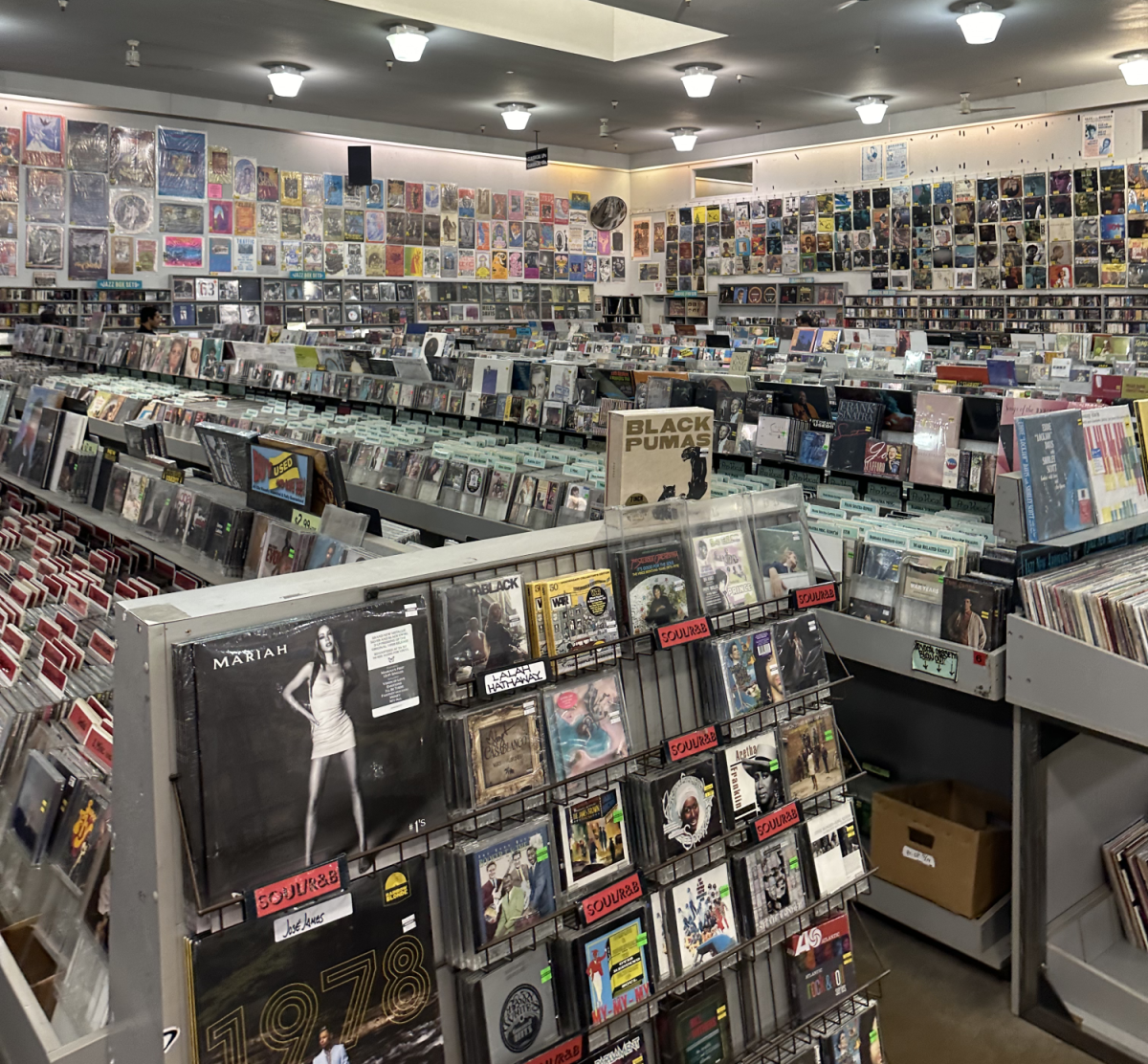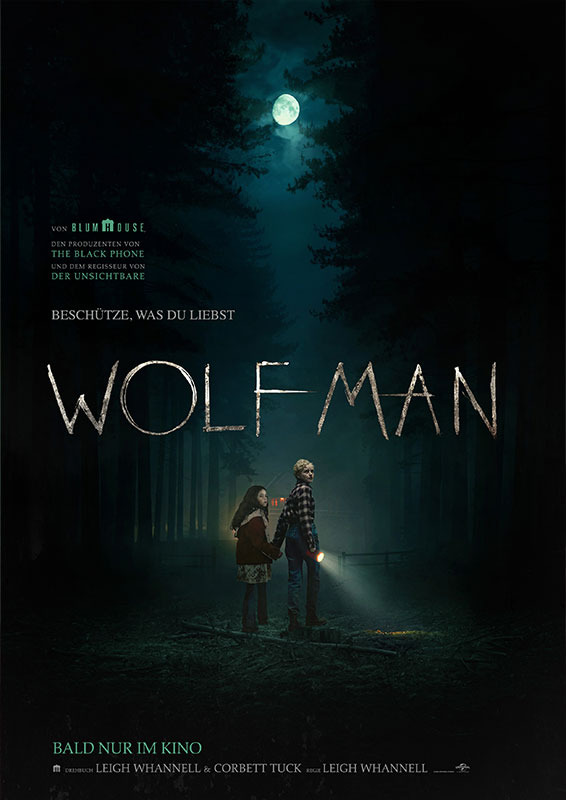
AP exams, SOLs, finals, late night sport games, and homework, are causing teens to miss out on sleep, with that, energy drinks are becoming more popular to get a quick boost.
As energy drinks have increased in popularity, so have the controversies surrounding them. Many people have expressed concerns because of the excessive caffeine content and list of ingredients listed on the bottles. Many teens grab an energy drink without thinking twice. So are energy drinks really that bad for you?
The recommended caffeine intake for kids 12-18 years is only 100 mgs daily. This is only half of the caffeine content in some energy drinks. It’s not uncommon for teens to consume multiple in a day. An average cup of coffee is 90 mg, while an Alani is 200 mg. Most common energy drinks contain anywhere between 110 mg-200 mg of caffeine.
“If I have a lot of things [to do] that day it just helps me, not necessarily because it’s higher in sugar just like, the caffeine count wakes me up,” Nadia Fischer said.
Teens are becoming reliant on caffeine to get them through the day. However, it’s important to recognize the negative effects this can have on your body.
“Sometimes my stomach will hurt too or I’ll get a really bad headache,” Sofia Saranac said.
Energy drinks can easily make you feel more alert or energized, but there are negative effects they can have on your body.
“Several studies have shown an increase in heart rate and arterial blood pressure,” Professor Ahmed Abdulrahman Alsunni said.
Many people start to feel jittery and struggle to focus right after drinking energy drinks. This can increase stress and lead to cardiac complications.
“Recent reports have demonstrated a relationship between energy drink overconsumption and arterial dilation, aneurysm formation, dissection and rupture of large arteries,” Alsunni said.
These long term effects can lead you to need surgery or high medical focus.
“One significant national study revealed that complications from energy drinks doubled between 2007 and 2011, with 10 percent of affected individuals requiring hospitalizations,” Raukar said.
It’s easy to think that this won’t happen to you, but caffeine is considered a stimulant drug, which can turn very serious after being used out of proportion.
“Caffeine blocks adenosine, a neurotransmitter that promotes sleep and relaxation,” Jeff Khan said.
Adenosine regulates your sleep and helps you relax. Eventually, after being blocked by caffeine, it all comes flowing out at once. This creates a “crash”. Although a temporary energy boost may seem worth it, after just four hours the crash and fatigue begin to take effect.
“Manufacturers recently have shifted their consumer focus from athletes to young people. Approximately, two thirds of energy drink consumers are 13-35 years old, and boys are two thirds of the market,” Alsunni said.
Energy drinks are highly targeted towards teens and younger people. The bright colors and designs draw in younger customers and easily influence people to purchase them. You would never think a fruity and fun beverage could lead to hospitalization and long term health problems.
This isn’t to scare you away from caffeine all together, as there are other alternatives with healthier amounts of caffeine that give you an energy boost but won’t lead to a crash or health issues.
For a sweet coffee taste, “Starbucks Doubleshot Energy Vanilla” with 135 mg of caffeine is a safer alternative that isn’t overloaded with caffeine. For a traditional energy drink taste, all forms of Red Bull have just 80 mg of caffeine. If you are looking for a fruity taste, “V8 Sparkling Plus Energy” has a bunch of flavors to choose from and just 80 mg of caffeine.
When you feel deprived of energy, consider reaching for an energy drink with lower caffeine to stay healthy.

